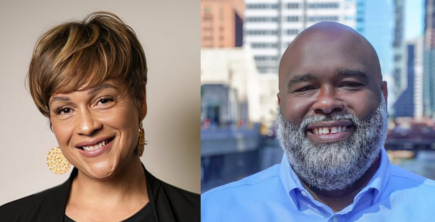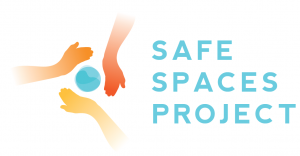
Our Community
LGBT Youth Community of Our Providers (CO-OP) launched Wednesday, October 15th.
Please Note: Our original post failed to credit the great work of CenterLink and of YouthLink advocacy network. We apologize for this omission. The CO-OP is intended to be a complement to these efforts.
By Yvette Scorse
A Guest Post from Safe Spaces Project, a Tides Project

More than 800 community groups and nonprofits in the U.S. provide services for lesbian, gay, bisexual, transgender, and queer (LGBTQ) youth(1). That’s way more than you thought, right?
Every year, they host queer proms, give homeless LGBTQ teens shelter, offer legal advice, and connect them with LGBTQ-friendly health providers. Trusted adults at LGBTQ youth organizations become a sort of chosen family for these youth, helping them in every way imaginable.
800 Groups – A Lot, But Not Enough
Queer youth need more. Even with so many community groups working to help, this is the reality for LGBTQ youth:
Besides giving each organization piles of money, how can we increase their capacity to address the varying needs of this hugely at-risk population?
Organizations in Bubbles
More organizations are popping up to serve growing populations of questioning and coming-out youth. Many of these start-ups are the only organizations of their kind within hundreds of miles.
So how do the professionals and volunteers at these fledgling and sometimes geographically isolated community groups find mentors and coaches? Who do their directors call as they navigate complicated terrain with queer youth?
CenterLink does great work with LGBT community centers and youth centers, and the new YouthLink effort is bringing together organizations with a national advocacy focus.
Connecting the Community Dots
The fact is few leaders of smaller LGBTQ youth groups are formally connected to other professionals in the field(1). This problem is especially acute for rural providers, or providers outside the major metropolitan areas.
Connecting these organizations in a free, member-driven community will:
The LGBT Youth Community of Our Providers
The LGBT Community of Our Providers (LGBT Youth CO-OP) provides a place for providers of all stripes to share ideas, resources, specializations, and experiences. As we get to know each other, we can come together for peer learning, sharing best practices, and professional development.
If you work with an LGBTQ youth-serving organization, join us at lgbtyouthcoop.org.
Stay tuned as this project strengthens connections and builds the capacity of these important organizations.
1 Safe Spaces Project National Inventory, conducted March to June 2014
2 Forty to None Project. (Durso, L.E., & Gates, G.J. (2012). Serving Our Youth: Findings from a National Survey of Service Providers Working with Lesbian, Gay, Bisexual, and Transgender Youth who are Homeless or At Risk of Becoming Homeless. Los Angeles: The Williams Institute with True Colors Fund and The Palette Fund)
3Council of State Governments Justice Center
4 The Trevor Project. (Grossman, A.H. & D’Augelli, A.R. (2007). Transgender Youth and Life-Threatening Behaviors. Suicide and Life-Threatening Behaviors.37(5), 527-37.

Read the stories and hear the voices of social change leaders fighting for justice.